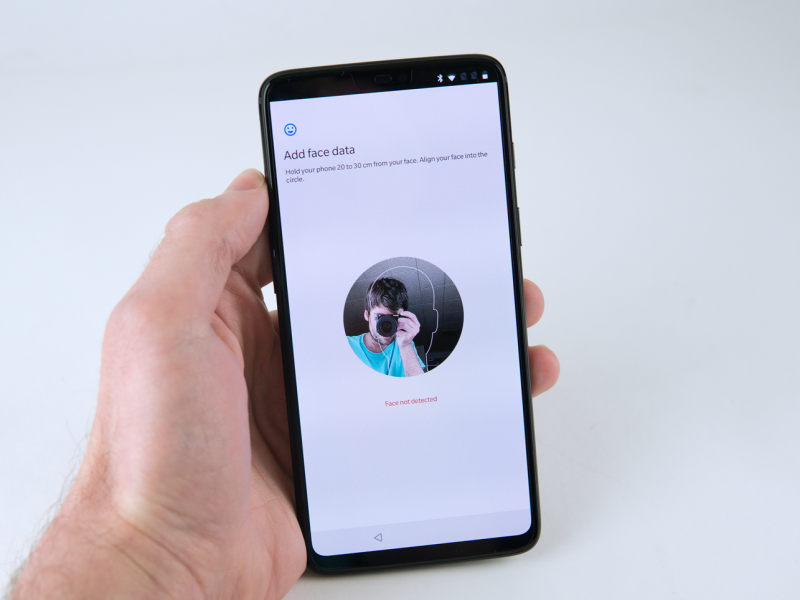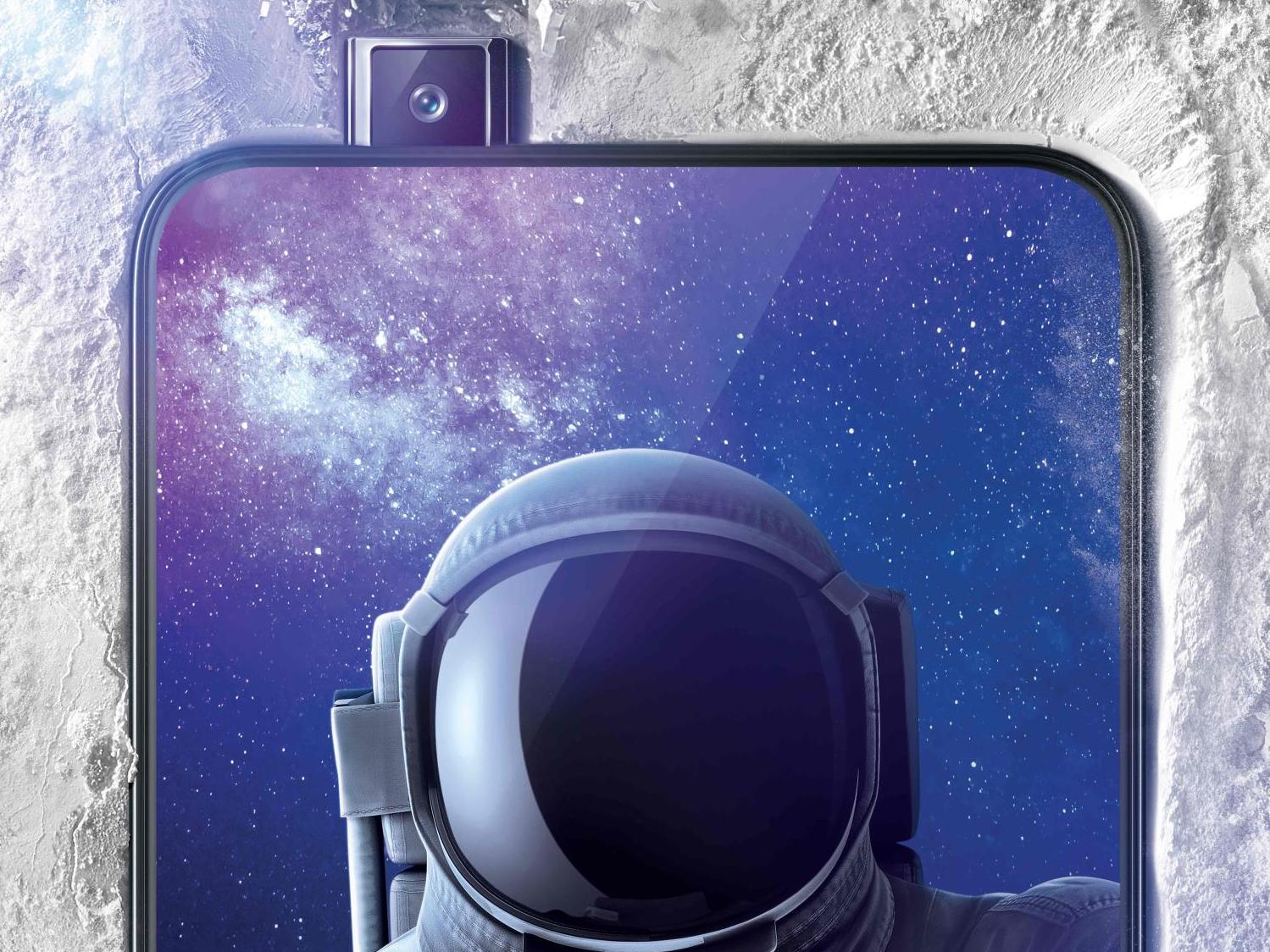Like it or not, the notch has taken over smartphone design.
The Essential Phone had it first, but when Apple added one to the iPhone X, it inspired legions of smartphone makers to add a copycat notch to their own devices.
If you’re unfamiliar with a notch, it’s the rectangular black space at the top of a smartphone screen that often houses the selfie camera and front-facing sensors. Smartphone manufacturers have started adopting the notch as a way to make the display edge-to-edge, rather than have a black bar along the entire top of the screen.
But while most people like a bigger screen, not everyone is a fan of the notch. That’s likely why several smartphone manufacturers have started to come up with designs that avoid a notch altogether. While some of these designs are still in the prototype stage, others will be available to buy as soon as this year.
Here are five cool, creative ways smartphone makers are building devices that no one would mistake for an iPhone X:
The Vivo Nex has a hidden pop-out selfie camera.

At first glance, the Vivo Nex appears to have a display that's entirely screen - in fact, the phone has a better screen-to-body ratio compared to the iPhone X (91.2% vs. 83%), as measured by GSM Arena.
But when you're ready to take a photo, a tiny camera will pop out of an enclosure at the top of the screen.
There are a handful of other features that make the Vivo Nex one of the most futuristic phones on the market: Vivo created a "Screen SoundCasting" technology that transmits audio waves through the display itself, and added an invisible fingerprint sensor hidden underneath the display.
So far, the Vivo Nex will only be available in China.
The OnePlus 6 has a notch, but it also has the option to hide it.

The new OnePlus 6 comes with a nifty feature for those who can't stand notches: Inside the settings, you'll have the option to turn it "off."
The notch itself will remain - after all, it's part of the phone's design. Instead, turning the notch off will change the wallpaper to black along the top of the screen and stops apps from spilling over into the areas on either side of the notch. The top of the screen will then look like a traditional Android notification bar.
This feature isn't unique to OnePlus - you can also shut off the notch on the LG G7 ThinQ.
The Doogee Mix 4 brings back the slider.
When coming up with a way to avoid a notch, Chinese smartphone manufacturer Doogee went retro.
The Doogee Mix 4 has a sliding back layer that houses the phone's camera. The camera will stay hidden most of the time, but when you're ready to take a photo, all you have to do is slide the back upwards. For anyone who used a Palm Pre or T-Mobile Sidekick back in the day, this design will feel familiar.
The Doogee Mix 4 isn't available yet, and all we've seen of it so far is a non-working prototype that UK tech YouTube Arun Maini got his hands on. But Maini speculated that the phone could arrive as soon as December and cost around $300.
The Bluboo S2 has a flip-up camera that pulls double duty as the rear camera and selfie camera.

Chinese phone maker Bluboo came up with a "two-in-one" method to avoid having a notch on its S2 smartphone.
Rather than having a separate selfie camera and rear camera, Bluboo created a flip-up camera that can do both. When it's flipped up, it works as the selfie camera - when it's in the downward position against the back of the phone, it works as the rear camera.
Bluboo showed off the S2 at this year's Mobile World Congress, but the company still hasn't revealed the price or availability for the phone.
The Oppo Find X has a motorized camera that slides up automatically when you want to take a photo.
Just last week, Chinese tech company Oppo unveiled the Find X, a high-end smartphone with a an edge-to-edge display. The screen covers more than 93% of the front of the phone.
In order to include a camera, Oppo came up with a creative solution: When you're ready to take a photo, the entire top of the phone will automatically slide upward. When you close the camera, it slides back down.
And because the Oppo Find X also has face recognition, the camera will quickly slide up to scan your face when you want to unlock your phone.
Oppo said the Find X will cost €999 (about $1,160) when it's released in Europe in August. The device will also be coming to the US, but Oppo hasn't said yet when that will be.

